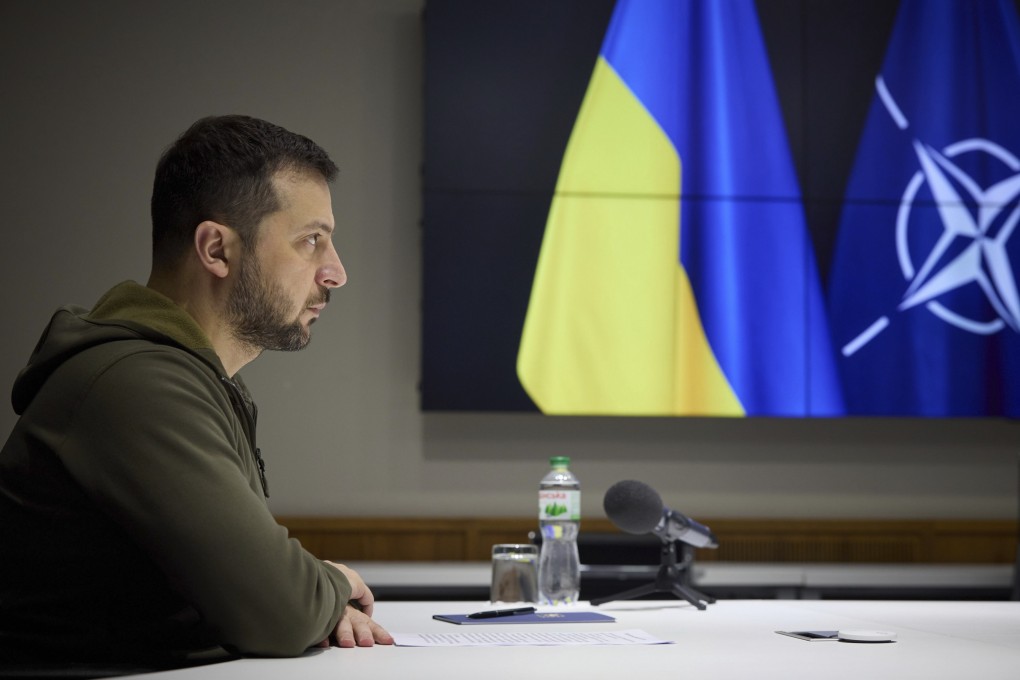Opinion | A weary West may push Ukraine to the negotiating table with Russia
- Western support for a full Ukrainian military victory may be wavering amid dwindling weapons supplies in the US and fears in Europe of a winter freeze
- The US may instead try to persuade Kyiv to leverage its recent territorial gains to kick-start peace talks with Moscow

Despite the US’ providing unwavering support to Ukraine, Kyiv’s success in liberating captured territory may allow it to negotiate from a position of strength to prevent Russia from further attempts to encroach on the country.
At first glance, Putin may seem like the one unwilling to participate in talks. But instead, preconditions set by Ukraine’s Zelensky – Russia’s retreat from all occupied territories in Ukraine, the removal of Putin from the Kremlin, Russian reparations to be paid to Ukraine – may become obstacles to opening dialogue and ending the war.
It would be in Ukraine’s interest to withdraw its claim to these territories, for the sake of lasting peace. Instead, defeating Russia and humiliating Putin would cause more significant harm; as former US secretary of state Henry Kissinger stated, “it could worsen Europe’s long-term stability”.
